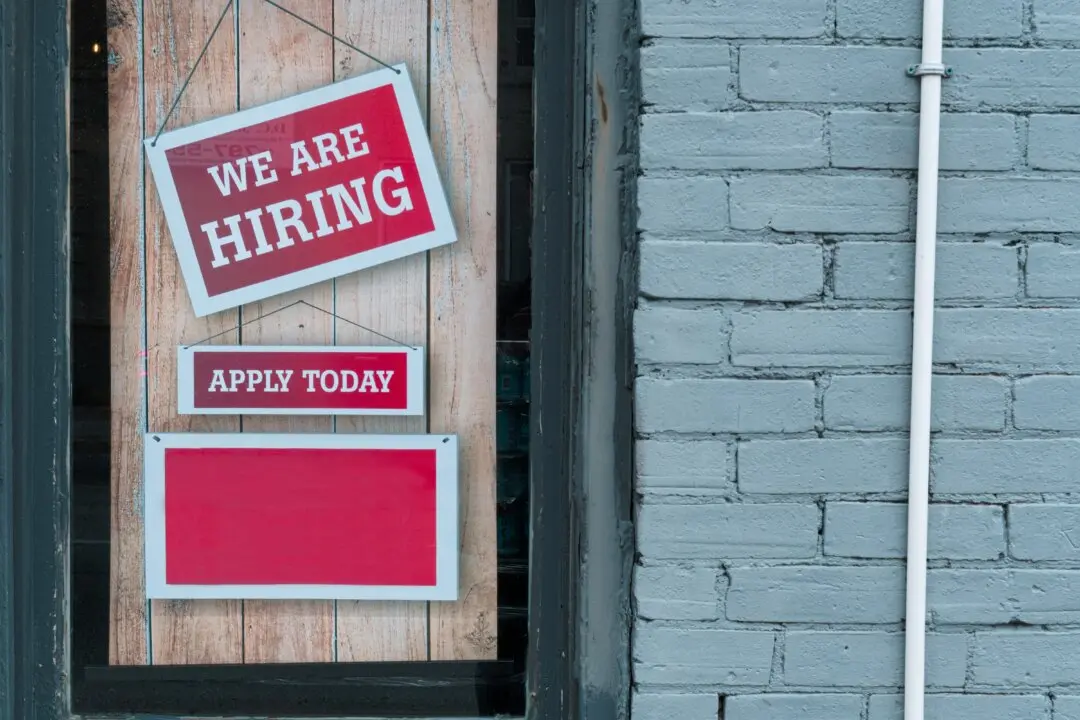Commentary
The coronavirus shutdown has flattened multiple industries across America—everything from airlines and manufacturers to hospitals, retailers, oil and gas producers, and restaurants. Many of the 30 million small and large businesses in the country have reported a 30 percent reduction in revenues.





